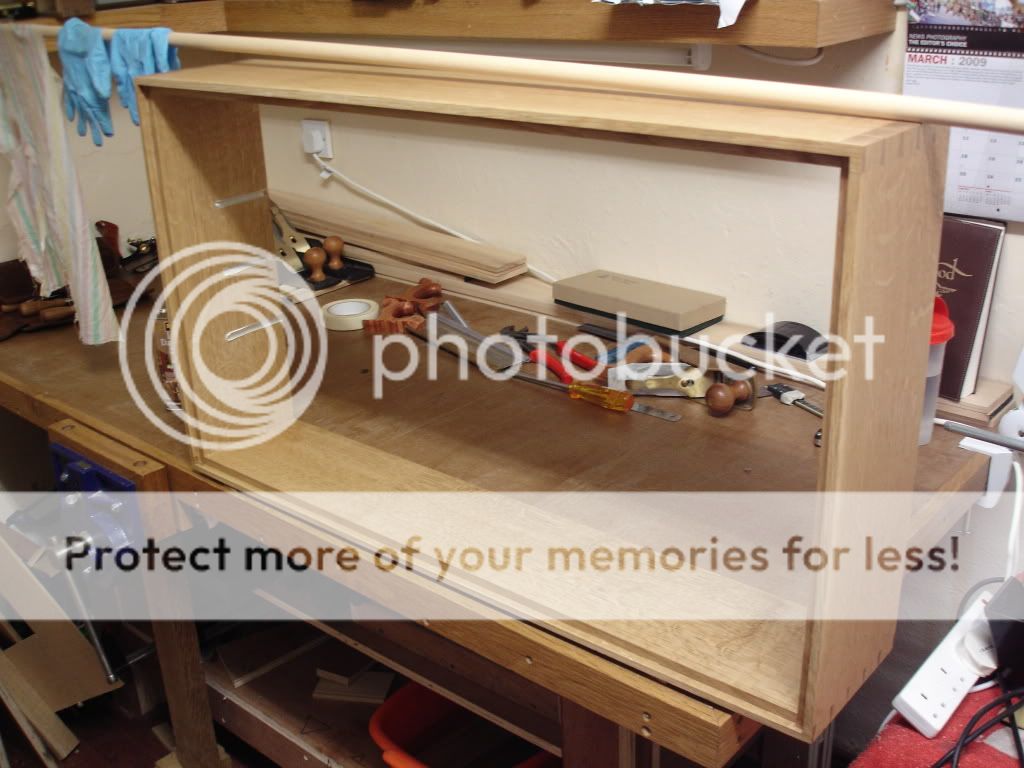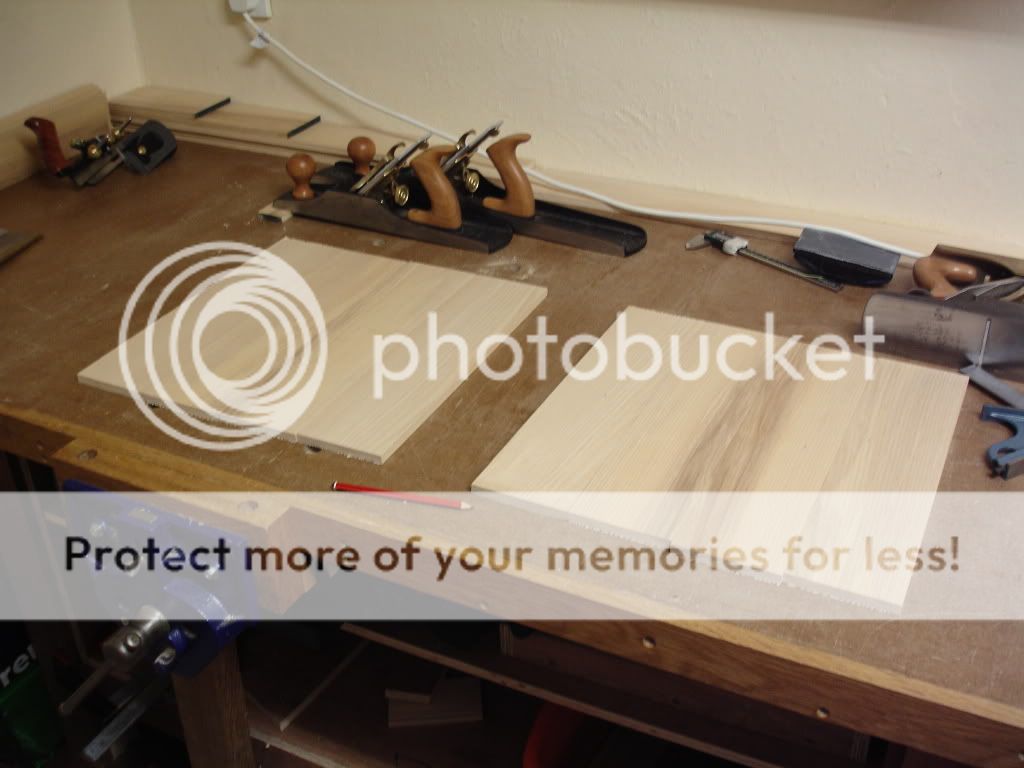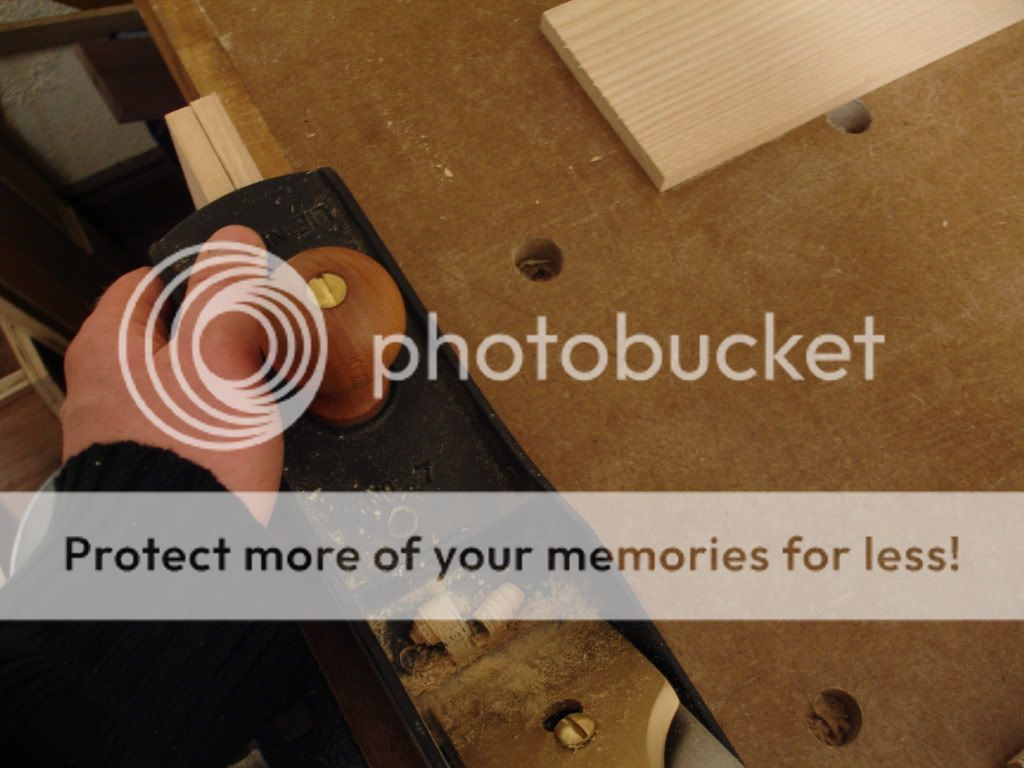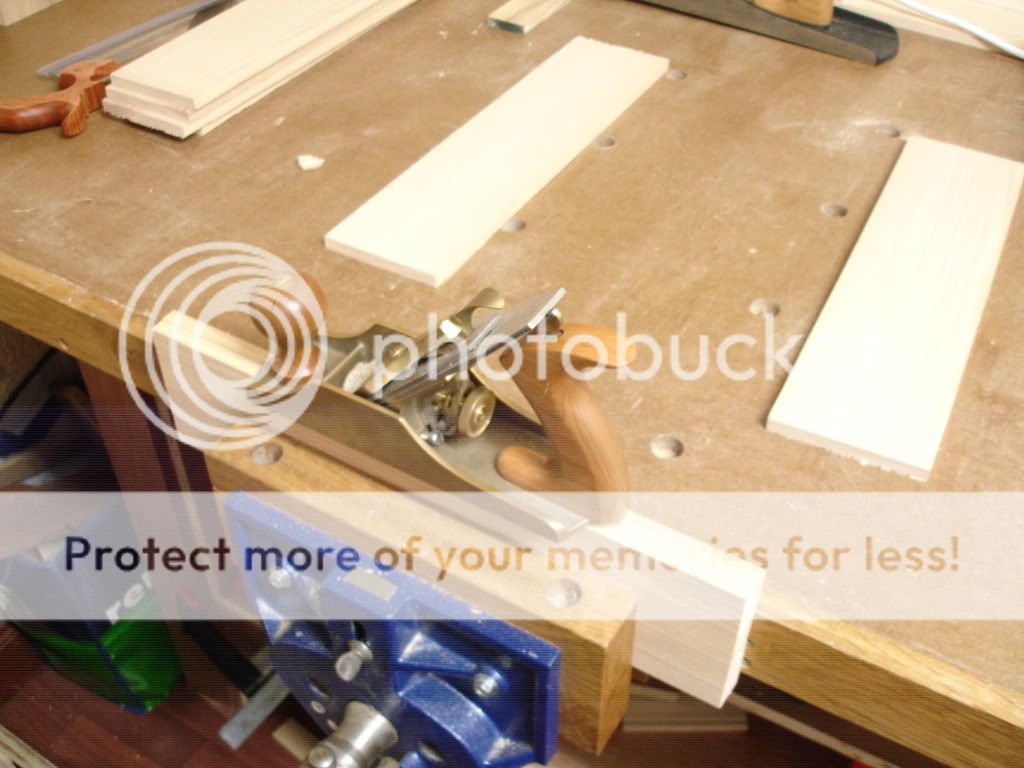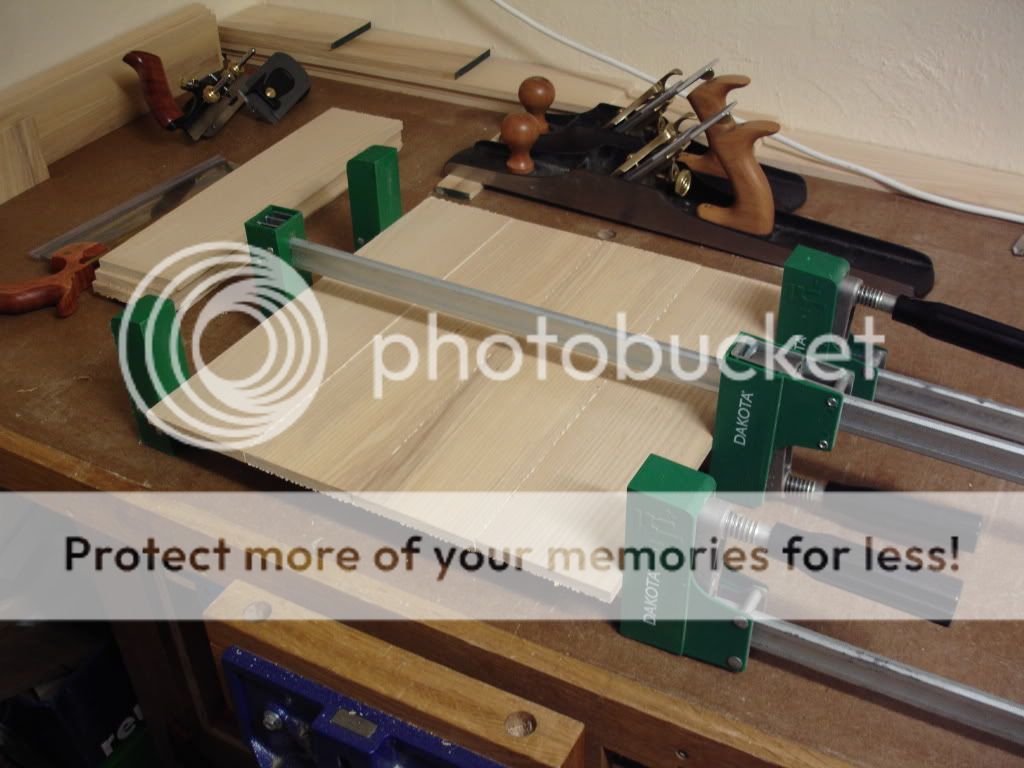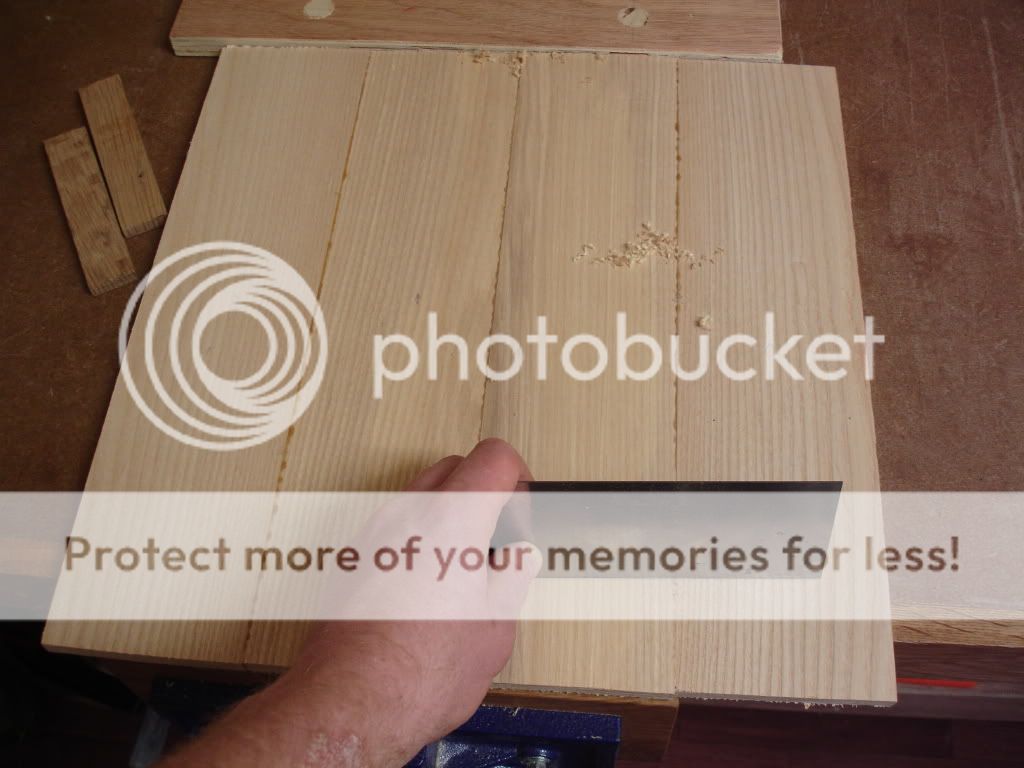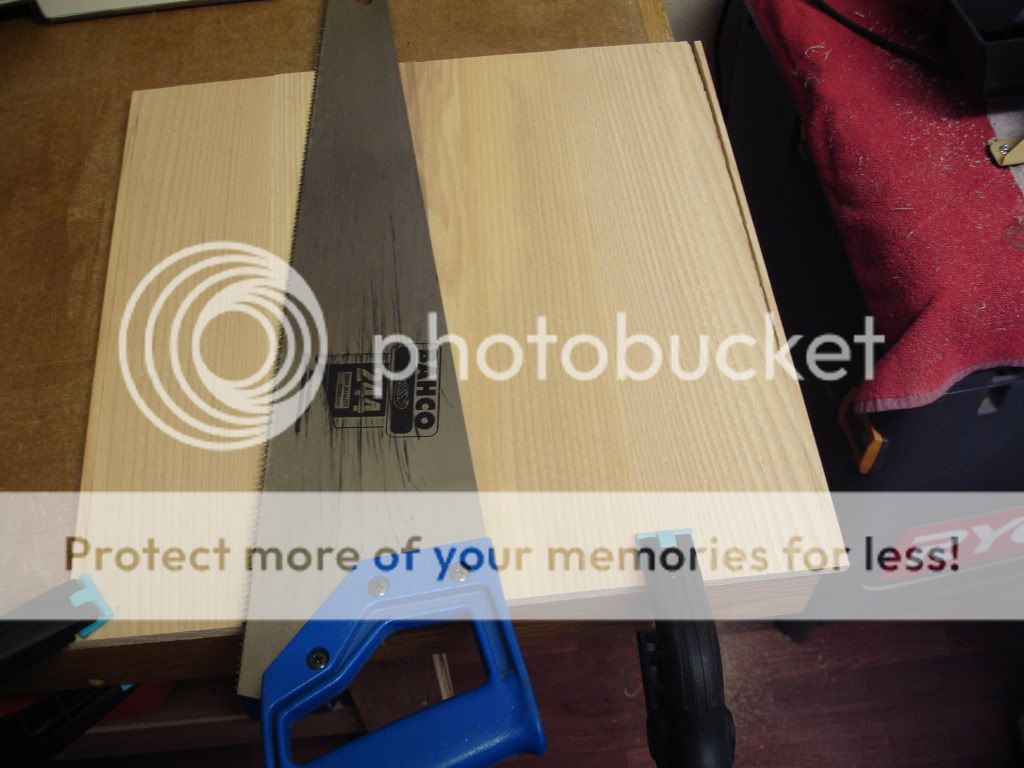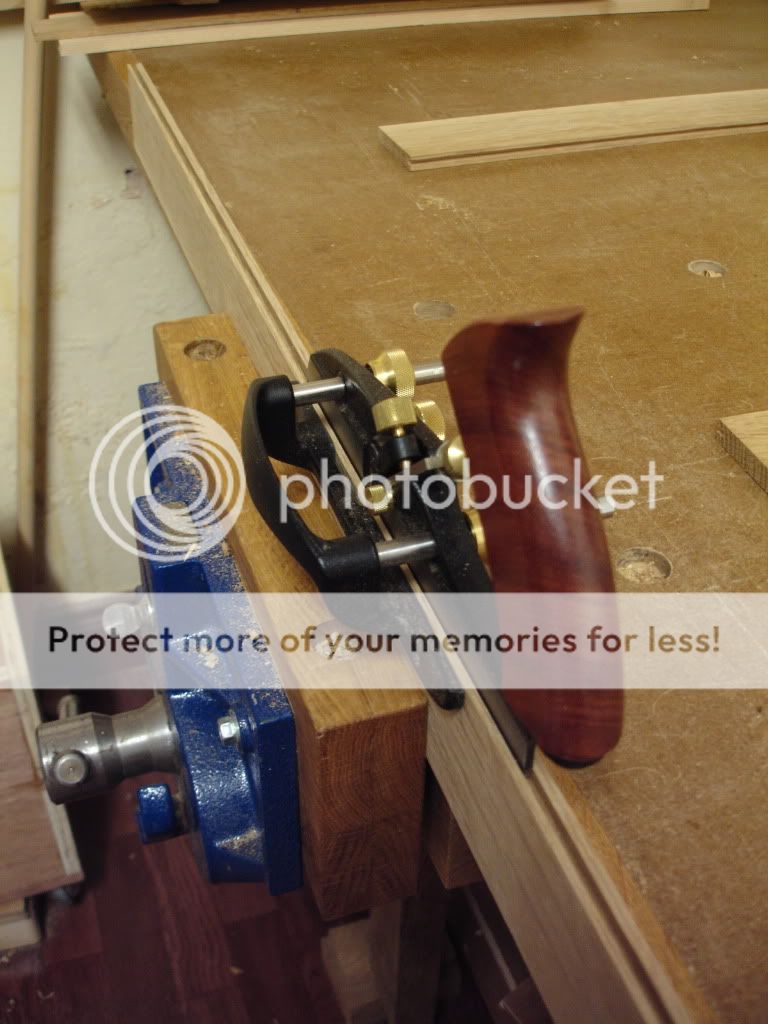TheTiddles
Established Member
Dodge":3akgrfg8 said:eoinsgaff":3akgrfg8 said:For those reasons I like idea of the absorbent crystals. I must check this out further. Is there a particular trading name I should look out for?
Eoin
There used to be a computer company opposite my workshop, and everything came in packed with large absorbent crystal pouches which they just throw away. I regularly pop in and see them and collect a handful which I throw in my plane cabinet - Have been doing this for years and have kept the dreaded rust at bay!
I also occassionaly put them near the woodburner (not too close) to dry them out fully again!
So try your local computer or electrical shop - I'm sure you will find they are happy to get rid of them.
Rog
That's the way to do it, if you haven't got a big packet then you can empty lots of little ones into a small jar. It's a reversible reaction too, so everysooften you can place the jars in a low oven or after it's been switched off and drive the moisture out of the crystals again
aidan

































